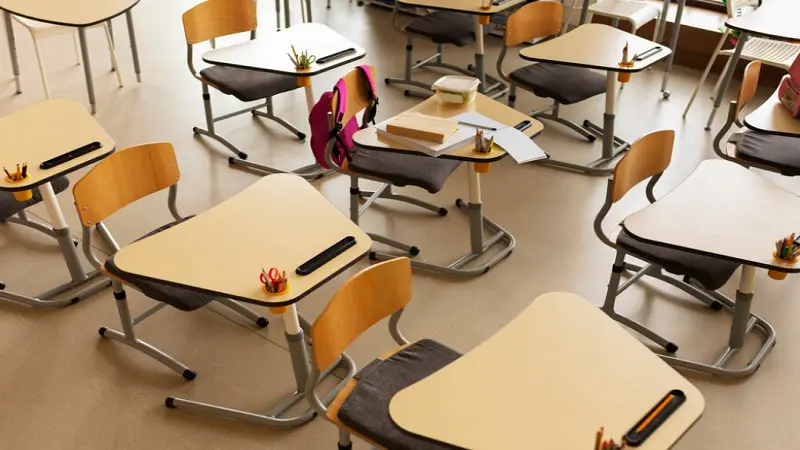The modern classroom is no longer confined to traditional desks and chairs; it has evolved into a dynamic space that recognizes the importance of innovative learning environments. Smart school furniture, equipped with cutting-edge technology and ergonomic designs, has emerged as a key player in enhancing student performance. This article explores the impact of intelligent classroom furniture on student engagement, focus, and overall academic success.
Ergonomic Designs for Comfort and Concentration:
One of the primary benefits of smart school furniture is its ergonomic design, tailored to enhance comfort and concentration. Ergonomics plays a crucial role in creating an environment that supports proper posture and reduces the risk of discomfort or pain. Adjustable desks and chairs allow students to customize their seating arrangements, promoting a more comfortable and conducive learning atmosphere.
Studies have shown that ergonomic furniture positively influences students’ ability to focus during lessons. Comfortable seating encourages better posture, preventing distractions caused by discomfort. By providing an ergonomic foundation, ergonomic furniture contributes to an environment where students can sit comfortably for extended periods, leading to improved concentration and academic performance.
Interactive Learning with Technologically Enhanced Furniture:
Smart school furniture goes beyond mere ergonomic considerations; it integrates technology to facilitate interactive learning experiences. Interactive whiteboards, adjustable desks with built-in screens, and collaborative seating arrangements are some examples of how technology is seamlessly incorporated into the learning environment. These features encourage student engagement and participation.
The interactive nature of smart furniture fosters a dynamic classroom atmosphere. Students can actively contribute to discussions, collaborate on projects, and even share their work directly from their desks. This level of interaction enhances the learning experience and nurtures essential 21st-century skills such as communication, collaboration, and digital literacy.
Adaptive Furniture for Diverse Learning Styles:
Every student learns differently, and smart school furniture recognizes and accommodates this diversity. Adaptive furniture designs cater to various learning styles, ensuring each student can find a comfortable and effective way to engage with the material. For instance, flexible seating options like wobble stools, standing desks, or bean bags provide alternatives to traditional seating, allowing students to choose the setup that suits their preferences.
By offering a range of options, smart furniture empowers students to take control of their learning experiences. This adaptability accommodates diverse learning styles and promotes a sense of autonomy and responsibility among students. As a result, classrooms become inclusive spaces where every student can thrive, regardless of their preferred learning methods.
Monitoring and Analysing Student Behaviour:
Smart school furniture is not only about providing comfort and technology; it also incorporates sensors and monitoring systems to track student behavior and engagement. This data can be invaluable for educators, offering insights into students’ attentiveness, participation, and overall classroom dynamics. With this information, teachers can tailor their instructional methods to better suit the needs of their students.
These monitoring systems can help identify patterns in student behavior, enabling educators to make data-driven decisions. For example, if a particular seating arrangement consistently leads to higher engagement levels, teachers can replicate that setup in other classrooms. This personalized approach to classroom design contributes to a more effective and student-centric learning environment.
Promoting a Healthier Learning Environment:
Smart school furniture extends its benefits beyond academics; it also contributes to students’ overall well-being. Features like sit-stand desks encourage physical activity, reducing the sedentary nature of traditional classroom settings. This promotes better health and may even positively impact students’ energy levels and attention spans.
Additionally, smart furniture can be designed with environmentally friendly materials and free from harmful chemicals. Creating a sustainable and health-conscious learning environment benefits students and aligns with broader initiatives for eco-friendly practices in education.
In conclusion, as education continues to evolve, the role of the classroom environment becomes increasingly significant. Smart classroom furniture stands at the forefront of this evolution, bridging traditional teaching methods and the demands of the digital age. By prioritizing comfort, interactivity, adaptability, and health, these innovative designs contribute to a holistic approach to education. As schools invest in smart furniture, they are not just providing students with a place to sit but creating dynamic spaces where students can learn, engage, and ultimately soar to new academic heights.
